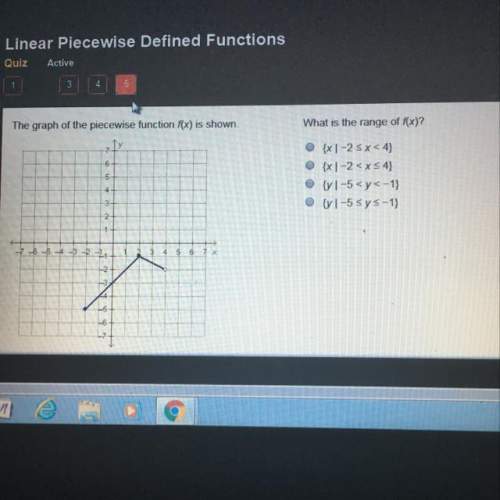
Mathematics, 12.12.2019 01:31 lilakatedancer
Natural gas and fracking gas wells using fracking of shale-gas source rocks produce half of their potential natural gas in the first year. another 25% is produced in year 2, and the decline continues downward at the same rate. in year 1, the typical barnet gas well produces 1 billion cubic feet of natural gas. the dallas region (barnett shale) had an initial surge in shale-gas wells peaking at about 1000 wells per year, then a slow tapering as the prime targets were gone and lesser targets were left. assume that year 1 had 1000 new wells, year 2 had another 950, year 3 another 900 – a slow drop of 50 wells per year through year 15. using time in years on the x-axis and total annual production (in tcf) on the y-axis, plot the annual production of natural gas from the assemblage of wells at the end of each of those 15 years. use totals at end of each year assuming the first 1000 wells drilled in year 1 had a full year of production equal to 1 billion cu ft (bcf) each. then these wells had the standard rate-of-decline as given above. in what year was the "peak" natural gas production? write your answers as a narrative instead of in scientific notation, ie, $20 million instead of $2.0x106 . using excel is the best way to organize the data.

Answers: 2
Another question on Mathematics


Mathematics, 22.06.2019 01:00
Suppose 38 lbs of coffee beans are required to produce 2 lbs of farmer's coffee. how many lbs of coffee beans are required to produce 309 lbs of farmer's coffee?
Answers: 1

Mathematics, 22.06.2019 02:00
Look at this system of equations. -3x + 3y = 12 y = x + 4 the solution set of this system is best explained by which of these statements? a) the graphs of the equations are the same line because the equations have the same slope and the same y-intercept. the system has infinitely many solutions. b) the graphs of the equations are parallel lines because they have the same slope but different y-intercepts. the system has no solution. c) the graphs of the equations are lines that intersect at one point because the equations have the same slope but different y-intercepts. the system has exactly one solution. d) the graphs of the equations are lines that intersect at one point because the equations have the same slope and the same y-intercept. the system has exactly one solution.
Answers: 2

Mathematics, 22.06.2019 03:00
The accompanying data represent the miles per gallon of a random sample of cars with a three-cylinder, 1.0 liter engine. (a) compute the z-score corresponding to the individual who obtained 42.342.3 miles per gallon. interpret this result.
Answers: 3
You know the right answer?
Natural gas and fracking gas wells using fracking of shale-gas source rocks produce half of their po...
Questions




Mathematics, 05.04.2021 18:00

Mathematics, 05.04.2021 18:00

Computers and Technology, 05.04.2021 18:00

English, 05.04.2021 18:00


French, 05.04.2021 18:00



English, 05.04.2021 18:00

Mathematics, 05.04.2021 18:00

History, 05.04.2021 18:00





History, 05.04.2021 18:00

Mathematics, 05.04.2021 18:00




